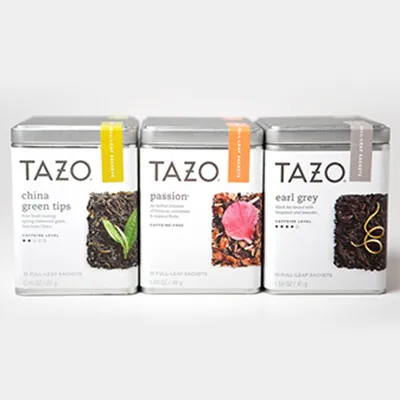https://www.wahmg.com/)">
Exploring the Laboratory Applications and Benefits of Centrifuge Bottles in Scientific Research
Exploring the Laboratory Applications and Benefits of Centrifuge Bottles in Scientific Research
The Use of Centrifuge Bottles in Laboratory Settings
Centrifuge bottles are essential tools in various laboratory settings, playing a vital role in the separation, purification, and collection of biological and chemical samples
. These specialized containers are designed to withstand the extreme forces generated during centrifugation, making them invaluable in both research and clinical laboratories.At its core, a centrifuge operates by applying centrifugal force to separate components of mixtures based on their density. When a sample is spun at high speeds, heavier particles move outward to the bottom of the container, while lighter particles remain suspended in the liquid above. Centrifuge bottles, which come in various sizes and designs, are optimized to facilitate this process. Their construction is typically from high-strength polymers or glass, allowing them to survive the stresses of high-speed spinning without cracking or breaking.
One of the primary uses of centrifuge bottles is in the separation of blood components. In clinical laboratories, blood samples are often centrifuged to isolate plasma and serum from cellular components. This separation is crucial for various diagnostic tests and for obtaining plasma for therapeutic use. Centrifuge bottles designed for blood separation are usually equipped with specific anti-coagulation additives, which help in preserving the integrity of the sample during the centrifugation process.
In molecular biology, centrifuge bottles play a significant role in the purification and concentration of proteins, nucleic acids, and other biomolecules. For instance, during the extraction of DNA from cells, researchers often use centrifuge bottles to precipitate and separate DNA from other cellular debris. The ability to control the speed and time of centrifugation allows scientists to optimize yields and maintain the quality of their samples. Moreover, some advanced centrifuge systems are compatible with specialized bottles that can facilitate gradients, further enhancing the separation of biomolecules based on size and density.
centrifuge bottle uses in laboratory

Centrifuge bottles are also widely utilized in the preparation of samples for various analytical techniques. For example, in environmental laboratories, sediment samples from bodies of water can be processed using centrifugation to separate contaminants from the water. The ability to quickly prepare clean samples is a crucial step in environmental monitoring and analysis. Similarly, in food safety laboratories, centrifuge bottles are employed to test for microbial contamination, where samples can be efficiently separated to isolate pathogens.
Moreover, the versatility of centrifuge bottles extends to industrial applications, such as in the pharmaceutical and biotechnology industries. Here, centrifugation is used for the scaling up of processes, such as the production of vaccines or the purification of enzymes. The consistent and uniform results achieved through the use of properly designed centrifuge bottles ensure that large-scale production maintains the same quality as smaller laboratory-scale processes.
Safety is another critical aspect of using centrifuge bottles in laboratories. Proper sealing and closure mechanisms are necessary to prevent spills and contamination, especially when working with hazardous or infectious materials. Laboratories often employ specific protocols for handling and disposing of these bottles to ensure safety and compliance with regulatory standards.
In conclusion, centrifuge bottles are indispensable in laboratory environments, with their applications spanning from clinical diagnostics to research and industrial processes. Their robust design, versatility, and efficiency in separating components make them a staple in both routine and specialized laboratory procedures. As laboratories continue to evolve in complexity and technological advancement, the role of centrifuge bottles will remain crucial in ensuring accurate and reliable results.
-
Wholesale Plastic Juice Bottles with Caps 16 oz Options Available Bulk Packaging SolutionsNewsJun.10,2025
-
Laboratory Apparatus Reagent Bottle – Durable & Chemical Resistant Bottles for Safe StorageNewsJun.10,2025
-
Squeezable Dropper Bottles Durable, Leak-Proof & CustomizableNewsMay.30,2025
-
Affordable Plastic Petri Plates Sterile & Disposable Lab-GradeNewsMay.30,2025
-
Eye Dropper Caps Precision 24/410 & Plastic Bottle-Compatible TipsNewsMay.30,2025
-
Affordable Mini Spray Bottle Price & Wholesale Deals Shop NowNewsMay.29,2025





















